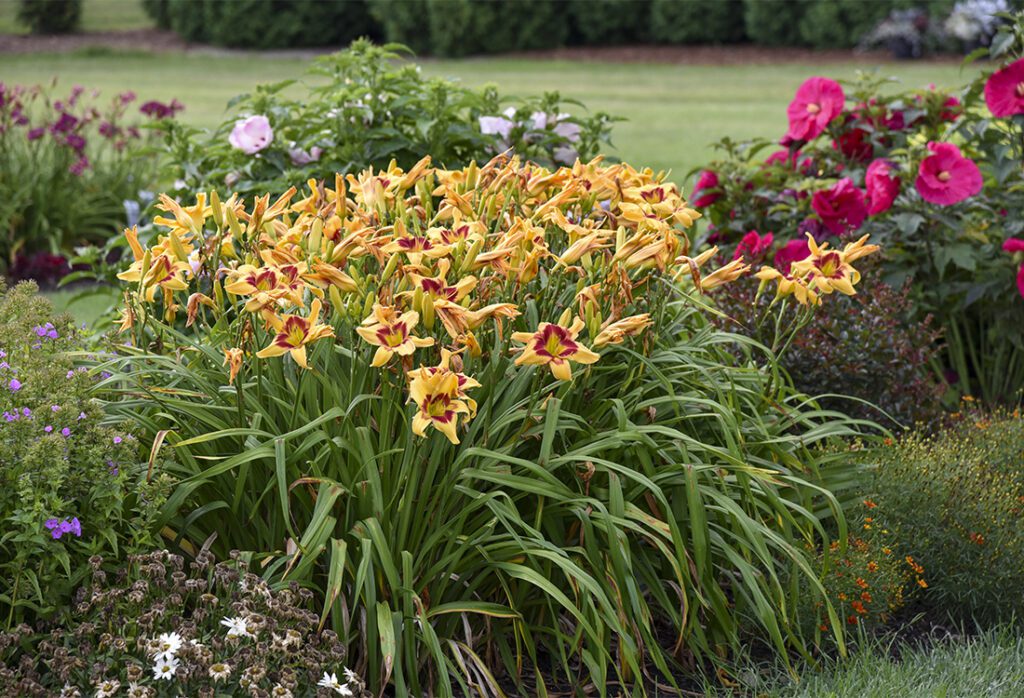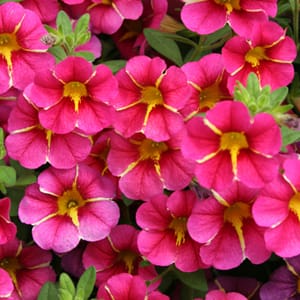 Online PR News – 06-March-2012 –Online and retail garden center Garden Crossings introduces its spring 2012 collection of newly developed perennial plants. Garden Crossings’ new selections include diverse plant varieties such as Achilleas (Yarrows), Agastaches (Hyssops), Buddleias (Butterfly Bushes), Osteospermum (African Daisy) and more.
Online PR News – 06-March-2012 –Online and retail garden center Garden Crossings introduces its spring 2012 collection of newly developed perennial plants. Garden Crossings’ new selections include diverse plant varieties such as Achilleas (Yarrows), Agastaches (Hyssops), Buddleias (Butterfly Bushes), Osteospermum (African Daisy) and more.
Garden Crossings offers more than 1,100 different plant varieties. This spring, Garden Crossings is adding new plant species to their extensive inventory. The 2012 spring collection’s perennial plants have distinct characteristics and unique coloring for all types of landscapes and gardens. Garden enthusiasts can select from an array of options such as hosta plants, coneflower Echinaceas and perennials defined by distinctive foliage and flower blossoms.


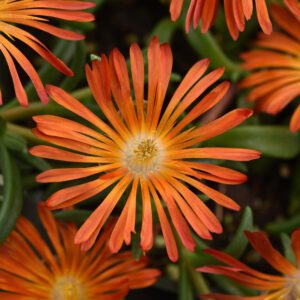
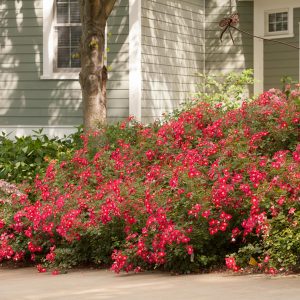
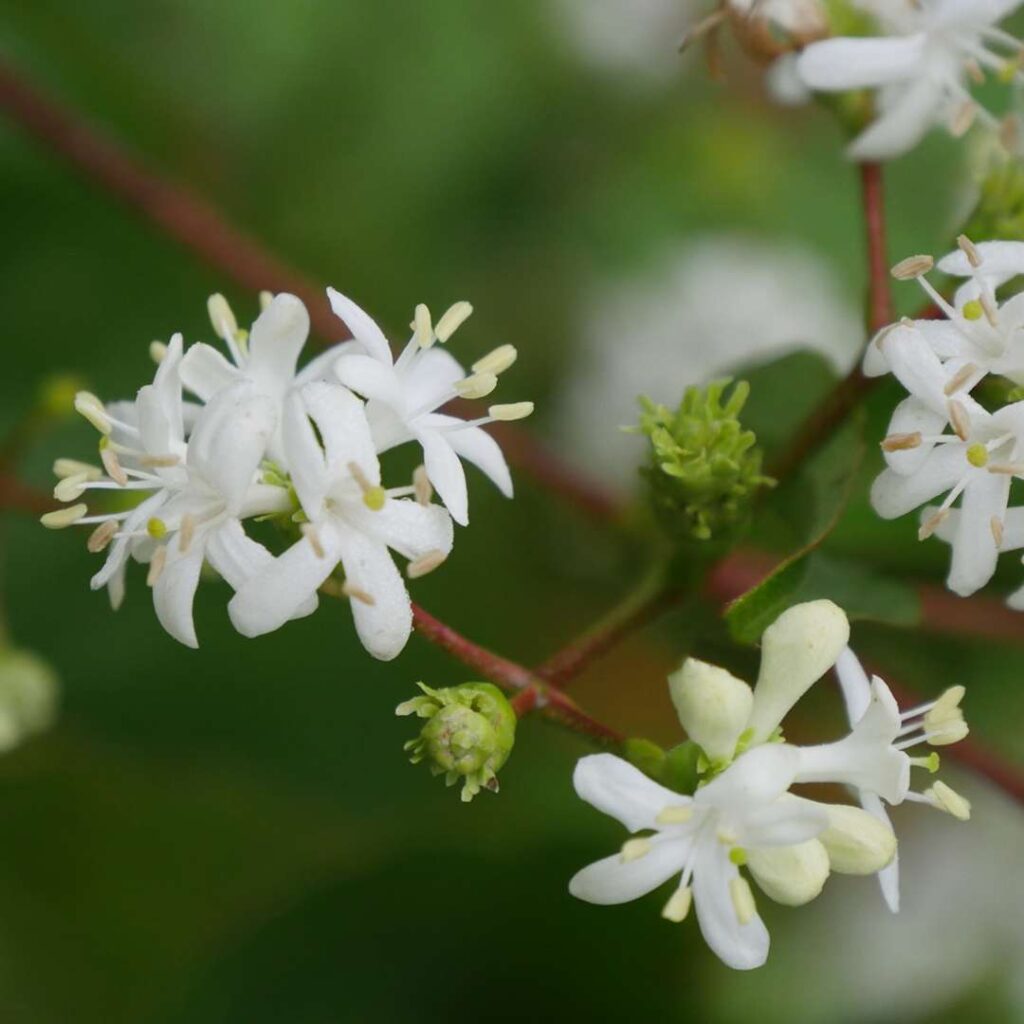
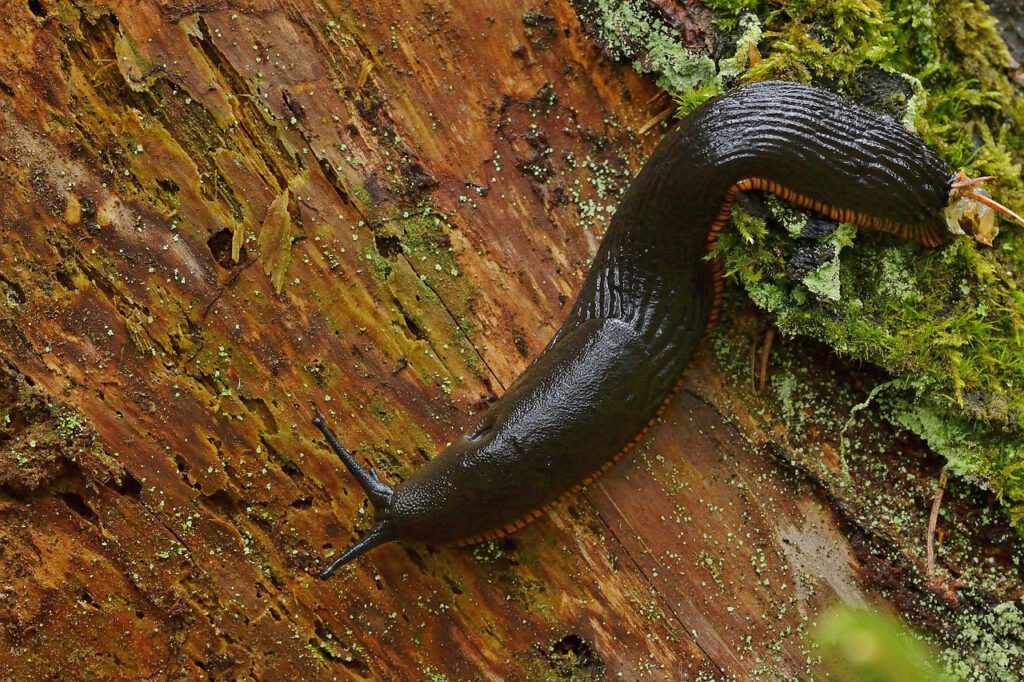
 I think there is two things that all gardeners have in common, the love for plants and the love of the butterfly. There is nothing more beautiful than the graceful flutter of butterflies frolicking from one flower to another. Add more color to your garden with the beauty of the butterfly.
I think there is two things that all gardeners have in common, the love for plants and the love of the butterfly. There is nothing more beautiful than the graceful flutter of butterflies frolicking from one flower to another. Add more color to your garden with the beauty of the butterfly. February is an exciting month! Before it’s finished, you may begin seeing the earliest signs of spring. For sure, winter still has some tricks up its sleeve, but Mother Nature reminds us not to give up hope and spring will be here soon.
February is an exciting month! Before it’s finished, you may begin seeing the earliest signs of spring. For sure, winter still has some tricks up its sleeve, but Mother Nature reminds us not to give up hope and spring will be here soon.

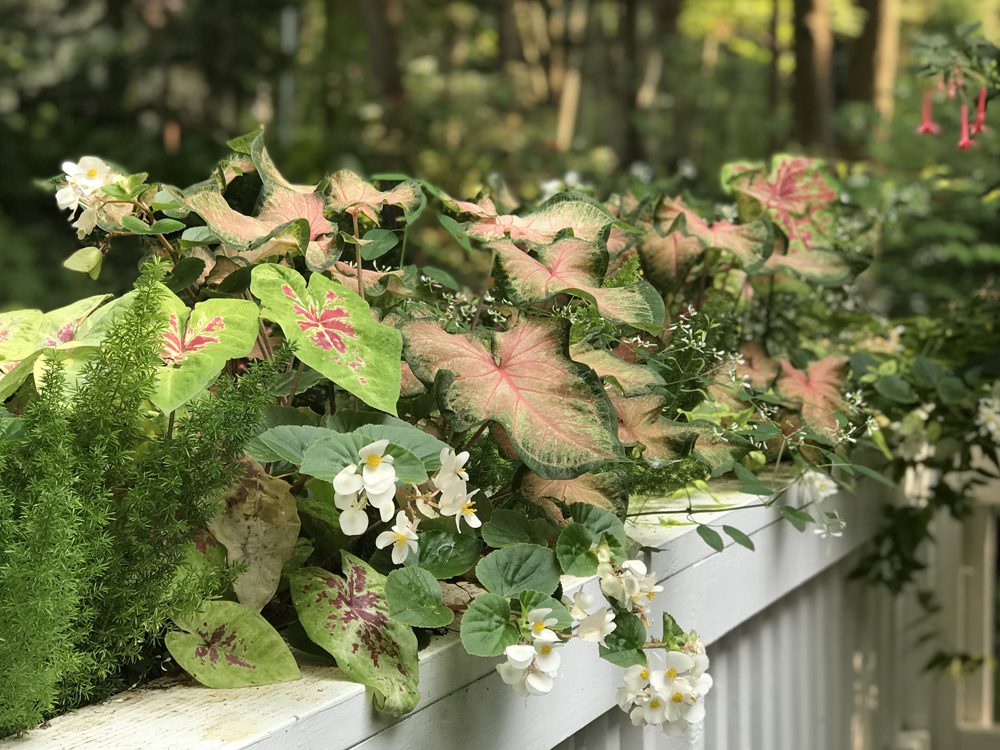
 Online PR News – 06-March-2012 –Online and retail garden center Garden Crossings introduces its spring 2012 collection of newly developed perennial plants. Garden Crossings’ new selections include diverse plant varieties such as Achilleas (Yarrows), Agastaches (Hyssops), Buddleias (Butterfly Bushes), Osteospermum (African Daisy) and more.
Online PR News – 06-March-2012 –Online and retail garden center Garden Crossings introduces its spring 2012 collection of newly developed perennial plants. Garden Crossings’ new selections include diverse plant varieties such as Achilleas (Yarrows), Agastaches (Hyssops), Buddleias (Butterfly Bushes), Osteospermum (African Daisy) and more.